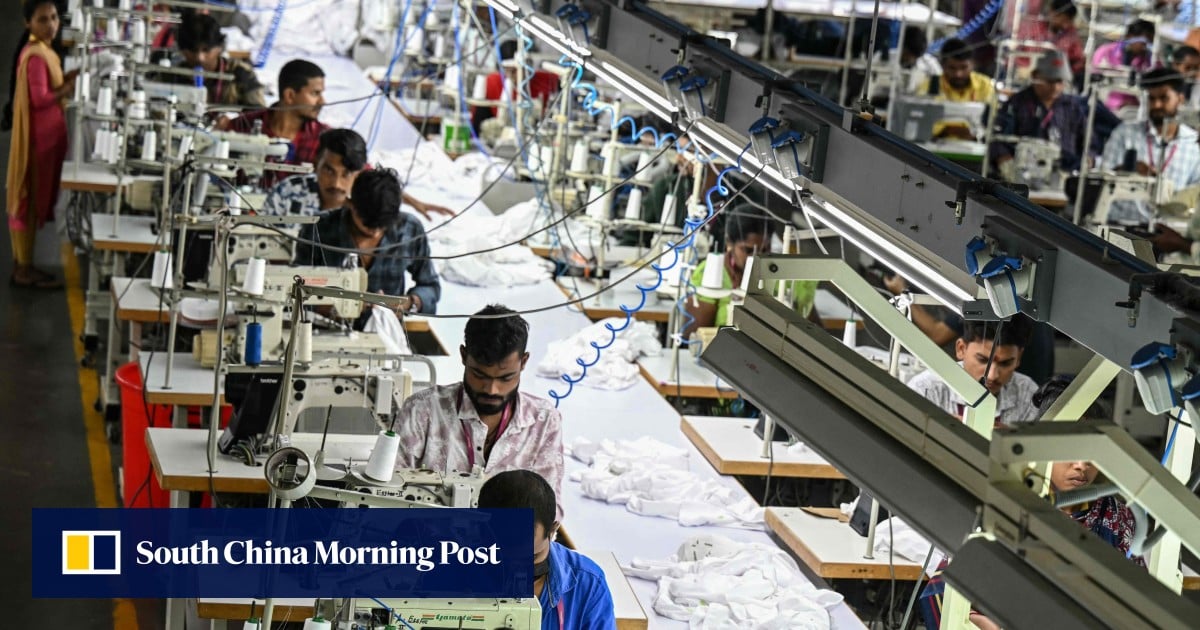Unless fashion replaces coal and gas boilers with renewable-powered heat processes, counts methane alongside carbon and protects the workers who power its supply chains, the industry will remain a climate laggard.
Most garments are made in Asia. The people operating these factories, along with the surrounding communities, face direct risks from pollution and the impact of climate change. Urgent action is thus both an environmental and social imperative. Choices made now will impact the world for decades and determine whether the fashion industry is part of the solution or the problem.
NewClimate Institute, for example, has pointed out that fuel swaps may look green on paper but can cause even more emissions. Textile Exchange has noted that global fibre production is surging, driven by cheap virgin polyester and ever faster product cycles, eroding modest gains in sourcing and recycling.
Meanwhile, fashion emits roughly 8.3 million tonnes of methane annually, mostly from leather, wool and other animal-derived inputs. Short-lived but potent and planet-warming, methane is often overlooked in climate policy. Immediate action to cut methane could deliver much-needed breathing room in mitigating global warming.
